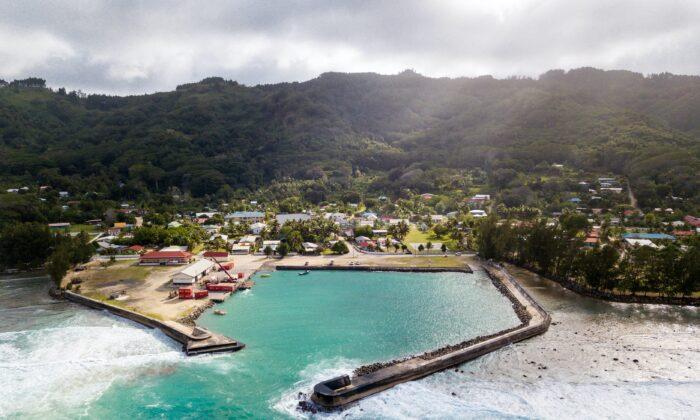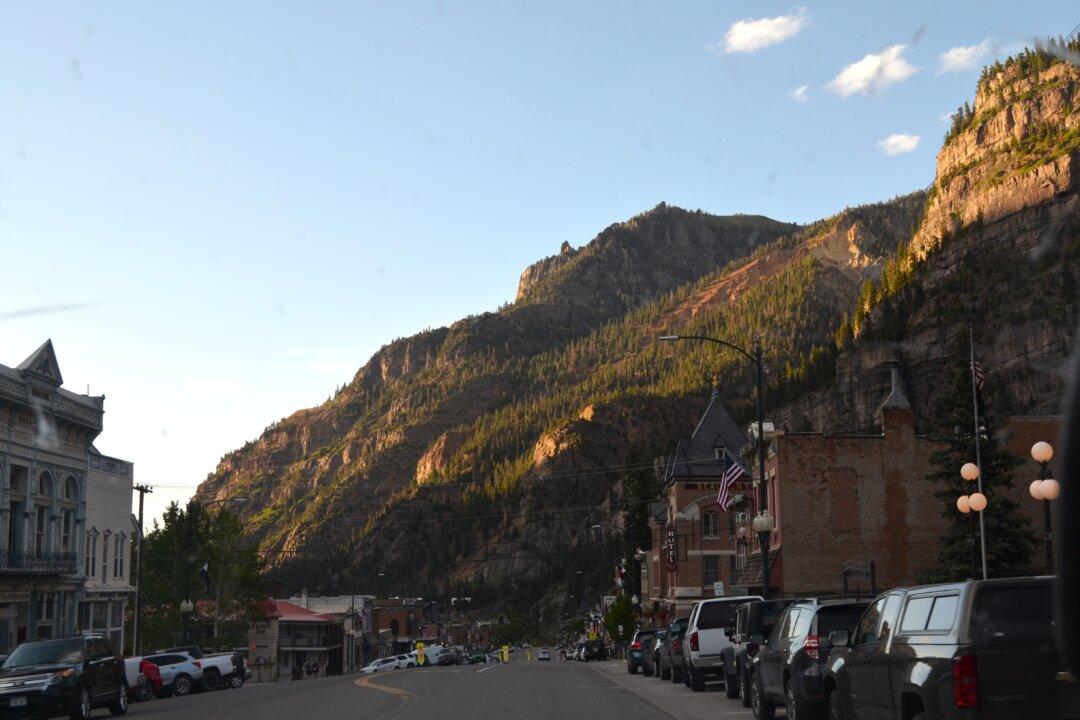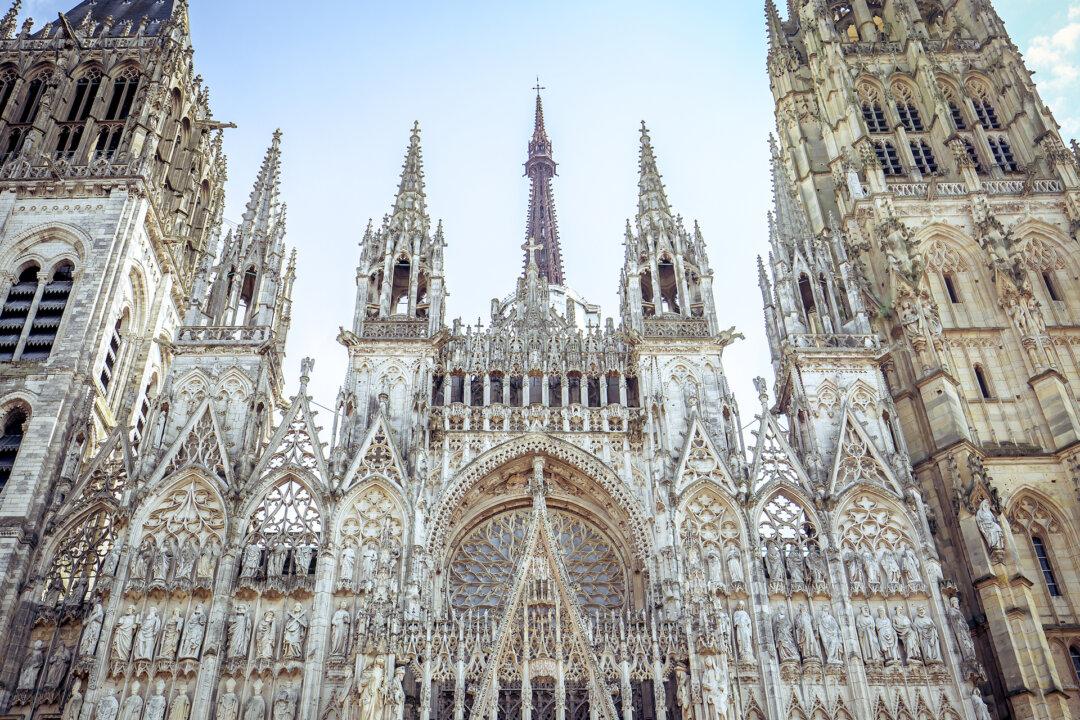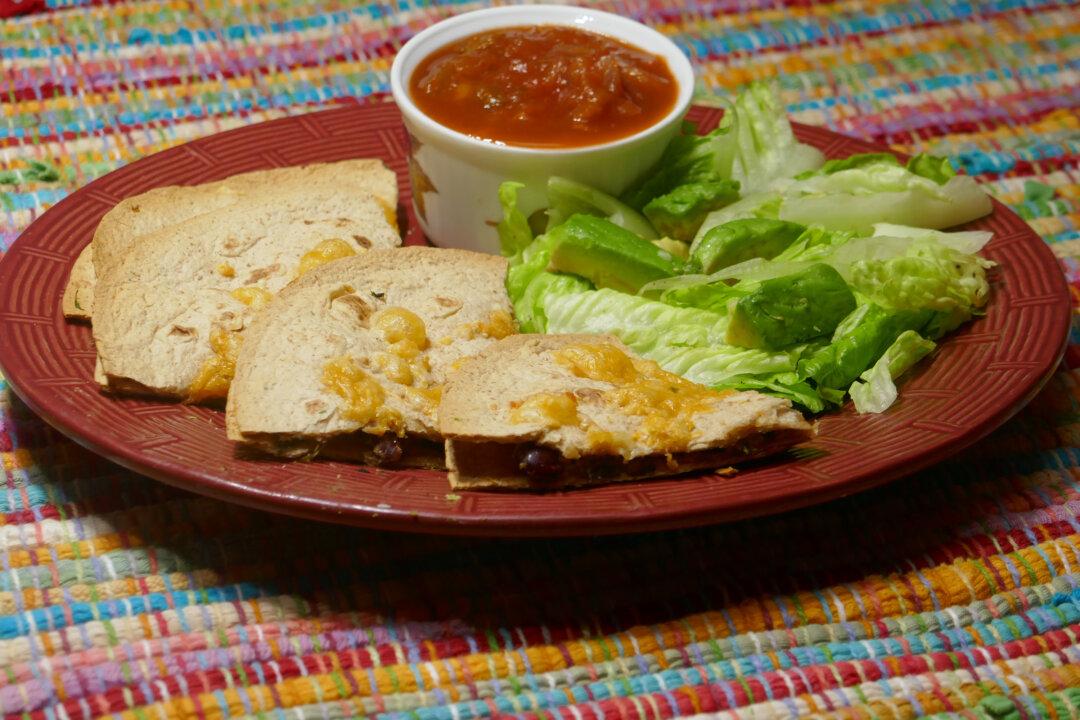It almost felt like a scene out of the movie musical South Pacific. Our landing craft—a World War II vintage front-loader—alighted onto the sugar-sand beach with a soft thump, and we stepped off into the crowd of musicians and women with armfuls of flower leis.
“Bienvenue a Raivavae,” said one as I stooped to accept one of the fragrant leis, made with tiaré gardenia blossoms, basil shoots, and local flora.
Raivavae (pronounced rye-vah-vah-eh), is the third stop of our tour through French Polynesia’s Austral Islands onboard the combination cargo/passenger cruise ship Aranui 5, and the arrival scene has by now become familiar: troupes of musicians with ukulele and drums, children and dogs darting between everyone’s legs, ice-cold coconuts hacked open with machetes for refreshing drinks, stalls with local handicrafts staffed by smiling women in woven palm frond hats accented with intricate flower crowns.
Each of the Australs has its own distinctive allure. Raivavae is known is the “Bora Bora of the Australs”—akin to what Bora Bora was decades ago. We take an excursion to the motu piscine, an islet out on the lagoon with a depression shaped like a swimming pool, explore a marae (temple), and visit an extraordinary smiling tiki (most of them have menacing expressions).
Like Bora Bora, Raivavae is featured by a volcanic peak with a brilliant aquamarine lagoon, but the difference here is an almost complete lack of visitors. The passengers and crew on Aranui 5 are virtually the only non-islanders on Raivavae during our visit.
The island chain overall, in fact, is particularly light on tourist traffic. There are no resorts or hotels, only guesthouse accommodations. There are airports, but there’s only enough traffic for a flight to Tahiti a few days a week from most islands.
In addition to Raivavae, our itinerary in the Australs also includes stops at Rurutu, Rimatara, Tubuai, and distant, airport-less Rapa.
This is an extraordinary voyage for the Aranui 5, the sole vessel of Aranui Cruises, which normally has a sole destination: French Polynesia’s Marquesas Islands, a voyage in the cardinal opposite direction from Tahiti compared with the Australs. The ship normally does combined cargo/cruise trips to the Marquesas, a formula that Aranui has perfected over the past four decades.
But change is coming to the local family shipping company owned by Tahiti’s Wong family. Dedicated passengers wishing to repeat their voyages with Aranui have for years requested alternative itineraries, and Aranui has responded with significant investment: a boutique-sized, passenger-only ship will join the fleet in 2026 to offer exploration itineraries to island groups like the Australs.
Until then, Aranui 5 takes those itineraries without cargo (the company’s cargo authorities are only good for the Marquesas).
It’s a comfortable ship. My Premium Suite has a comfy bed with Polynesian decoration, a sitting area, a spacious bathroom stocked with Aranui-branded amenities made with local monoi oil, and balcony with a pair of chairs. Additional amenities include a refrigerator, tons of storage space (most sailings last just shy of two weeks) television with mostly French stations, and a nice fruit display. Free laundry service (except socks and underwear) is available twice during the sailing, and there’s a coin-operated laundromat for those.
Most passengers take most meals in the dining room. Breakfasts are buffet-style, lunches and dinners are served in three courses. There’s no choice of entrée, but dietary restrictions are accommodated with advance notice. Meals also include a bottle of wine to be shared by the table.
The passenger complement is split primarily between Americans and French travelers. Aranui staff—all local Polynesians — are fluent in both English and French (many also speak a local language such as Tahitian or Marquesan), and touring groups are often divided between English and French-speaking passengers. The third most common passenger group is German, and there are also a few German-speaking staff (non-French speaking passengers join the English-speaking tour group).
While the Marquesas are used to the routine of Aranui 5’s frequent calls, it’s more of an occasion in the Australs. On each island, we’re greeted with crowds of locals, dancing, and individual lei for each of the 200 passengers and crew coming onshore—touching when one considers the amount of work that goes into leis for that many visitors.
On Rurutu, we’re greeted with a ceremony at the town hall, then visit a coffee plantation and the Ana a’eo Cave. The local guide tells us that pre-European contact Polynesians once used the cave for ritual cannibalism, before smiling and adding, “but do not be alarmed, we have already prepared the lunch.” A cry went up from inside the cave, and we ventured through the foliage to find another troupe of dancers and musicians performing with the cave’s stalagmites as an impressive backdrop.
On even smaller Rimatara, we hike up a hillside to catch a glimpse of ‘Ura de Rimatara, a colorful lorikeet found only on the island (aside from a population that have been reintroduced to an island in the Cook Islands as an ecological safety valve). The bird is a mascot for the island, appearing on the local school buses that we do our touring in, and we’re lucky enough to catch a glimpse of several, straining to see their red, green, and blue plumage.
On Rapa, COVID-19 concerns kept activities limited to the wharf (without an airport, medical emergencies requiring evacuation are a massive undertaking, so the precautions were necessary), but that didn’t stop the spirited dancing, taro pounding demonstration, lavish buffet lunch and evening encore dance performance from taking place in the warehouse of the wharf.
Tubuai, which is also the administrative center for the Australs, welcomed Aranui with a lavish fruit buffet and more ice-cold coconuts in a covered assembly area near the town hall. There were also a number of handicraft stalls (Tubuai is renowned for the skill of its woodcarvers) for passengers to peruse before heading out on an island tour to see the site of Fort George, the short-lived outpost of the Bounty mutineers.
Aranui 5 is like its own self-sustaining capsule on all of the island visits (in addition to the Australs, she also called at Raiatea in the Society Islands and Anaa in the Tuamotus). Because the Australs have little tourism infrastructure, Aranui 5 brings the benefit of tourist dollars without requiring significant shoreside facilities. Some of the logistics were learning experiences for everybody, but as the itineraries shift from expedition voyages to annual or biannual occurrences, port calls should go more smoothly.
That’s not to say the voyage wasn’t otherwise well-planned. Shipboard routines included nightly happy hours in the verandah bar with views over the wake at the back of the ship. Many passengers entertained themselves with books from the ship’s lending library or ukulele or dance classes that culminated in an onboard show with passenger performers. One evening the staff did a fashion show with items for sale in the well-stocked boutique; on other evenings there was live music or karaoke.
Arriving back in Tahiti felt almost like waking up from a pleasant dream—a rhapsody of warm Pacific islands with even warmer hospitality marked by heartfelt, musical welcomes and farewells of genuine fondness.







Friends Read Free